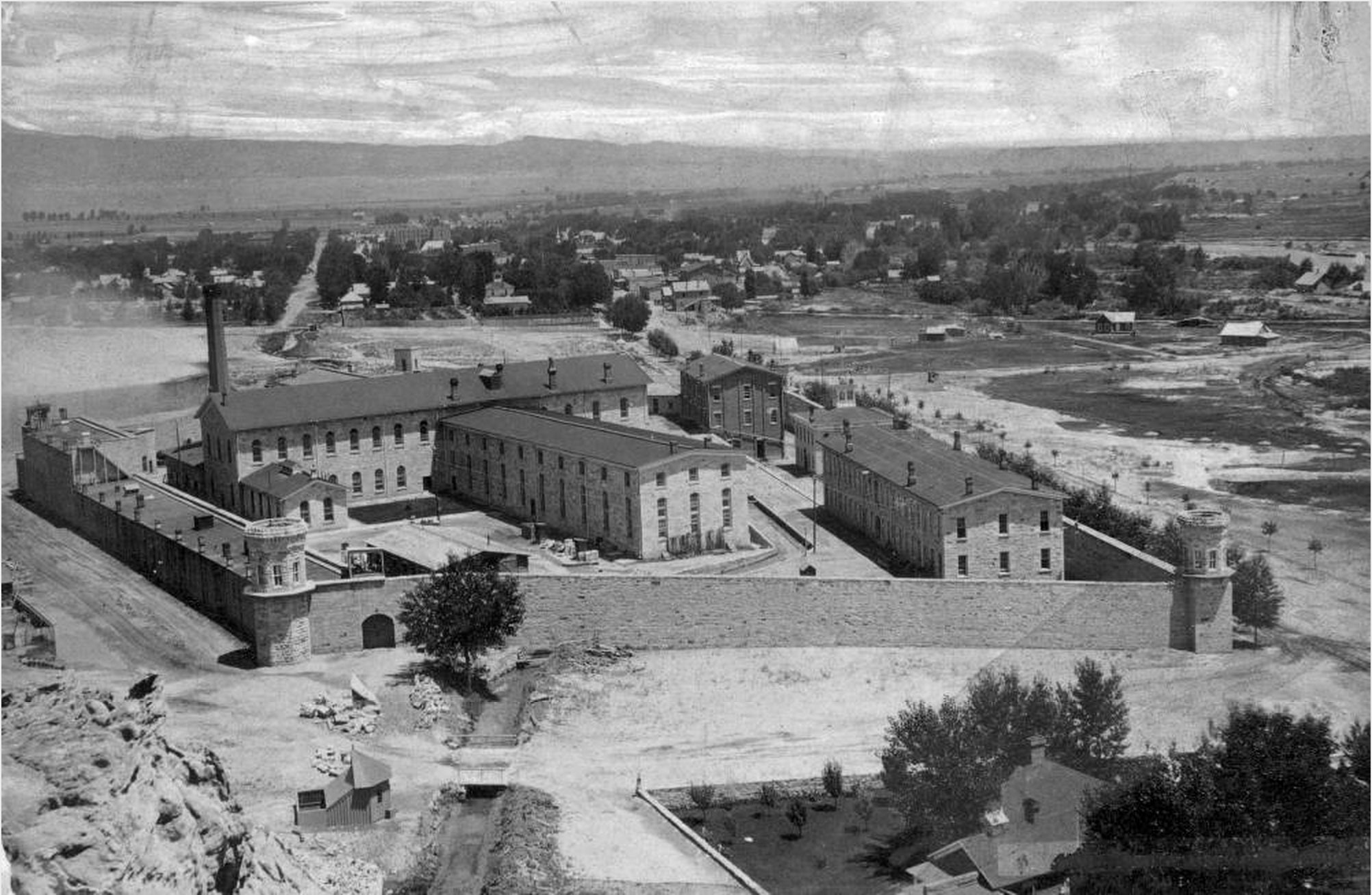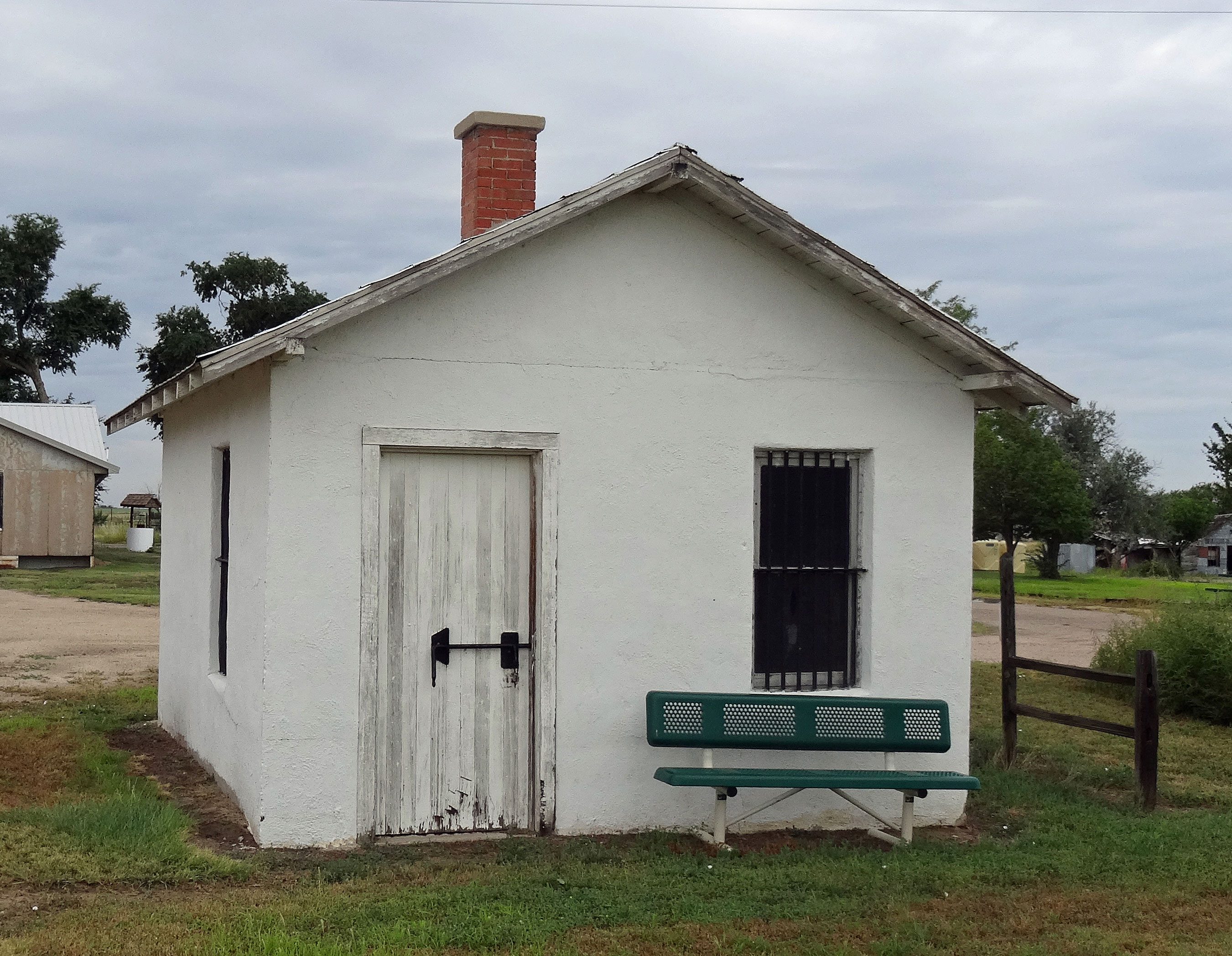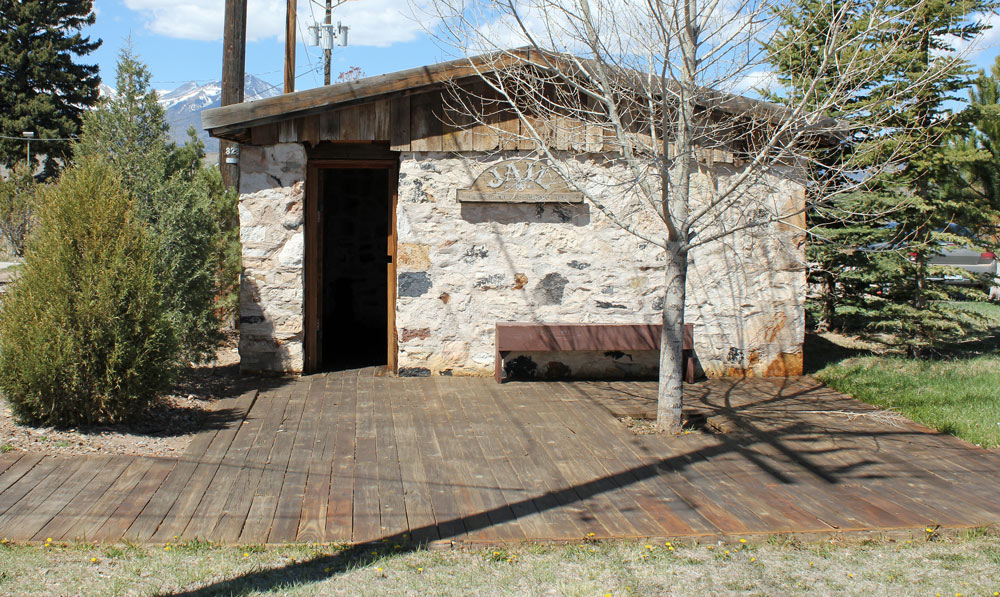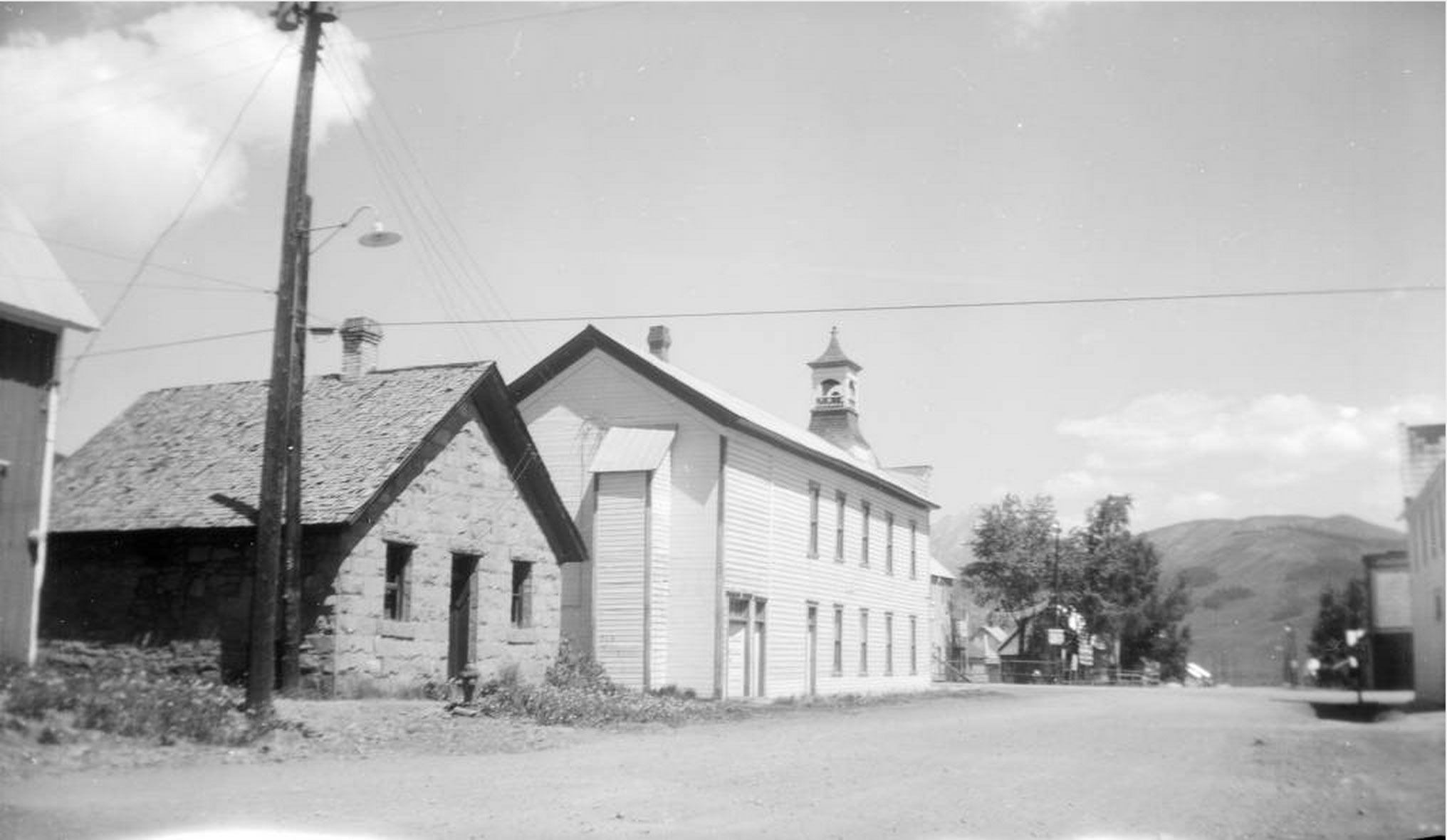
Story
3 Historic Colorado Jails (and one Prison) You Don’t Know About
Colorado’s historic buildings always tell a story. Some illustrate the wealth generated from the gold and silver mining days while others tell the tale of the state’s agricultural beginnings. Seldom heard, though, are the stories that are confined within the walls of Colorado’s prisons and jails. To help these tales break free, here is a glimpse at three historic Colorado jails (and one prison) that you may not know about.
Haswell Jail
Found on the eastern plains of Colorado, the 1921 Haswell Jail was one of the only civic buildings ever constructed in the town. Measuring at a cramped 14 feet by 16 feet, the one-story structure made of plaster-coated concrete could only hold a maximum of four people at one time. Although it remained empty the majority of the time, the jail occasionally held unruly citizens after a night out, especially after “a doins’ at the Booster club.”
There were also a couple of instances of prisoners being detained for more serious crimes. Those crimes included a 1925 break-in of a garage that resulted in the theft of a car and, two years later, $100 worth of materials being stolen from the lumber yard. When the jail was not being utilized for its intended purpose, the local men secretly met in the building to partake in poker games away from the scrutiny of their wives.
The Haswell Jail was listed on the Colorado State Register of Historic Properties in 1996.
Westcliffe Jail
Located west of Pueblo, Westcliffe Jail was constructed in 1888 by local stone mason Archie Scherer. Due to the high number of saloons in the town, the small one-story stone jail served mostly as a “drunk tank” for citizens who overindulged. Although the jail held many prisoners until it closed in the mid-1920s, few knew of the secret in the walls: during construction, Scherer artfully assembled one section of the building without mortar so the stones were removable. When the builder himself served ten days in the jail, no one knew that he spent his days in the cell but his nights sleeping in his own bed at home thanks to the unmortared wall.
The Westcliffe Jail was listed on the National Register of Historic Places in 1993.
Crested Butte Jail
Built around 1883 using stone from a local quarry, the one-story, two-celled Crested Butte Jail shielded prisoners from angry townspeople on more than one occasion. One instance occurred in 1901 when a man was arrested for assault. Outside the jail, a lynch mob--who wanted to throw him into a red hot lime kiln--quickly formed. Although the thick stone walls protected the prisoner from the incensed villagers, the jail could not protect the prisoner from himself as he was discovered hanging in his cell the next day.
Another occasion involved an Austrian miner who voiced pro-German opinions during World War I. His comments enraged the townspeople who decided to “do away with him,” but the miner found refuge in the jail where he was locked up for safekeeping. The marshal began to fear for the man’s safety so he had the miner transferred to the jail in Gunnison. Eventually, the miner was sent to a detention camp where he remained until the end of the war.
The Crested Butte Jail is part of the Crested Butte Historic District, which was listed on the National Register of Historic Places in 1974.
Colorado State Penitentiary

Historic image of the Colorado State Penitentiary
(Okay, so maybe you've heard of this one before.) The Colorado State Penitentiary in Cañon City was established in 1868 for the Colorado Territory, but became the State Penitentiary in 1876 when Colorado became a state. It later gained notoriety as the site of a bloody riot in October 1929 when five inmates, led by Danny Daniels, disarmed and held several guards captive in a cell house while other prisoners set fire to surrounding buildings.
Daniels threatened to kill the unarmed guards unless his group of inmates were set free. When Warden William Crawford denied the demands, Daniels shot the guards. Warden Crawford and the National Guard tear gassed the cell house in an attempt to seize the five inmates but, fearing capture, Daniels killed the four inmates and himself, ultimately resulting in the deaths of eight guards and five prisoners.
Want more history on the Colorado State Penitentiary? Read how female inmates lived at the Colorado Women's Prison, which was part of the State Penitentiary property. The Colorado Women's Prison was listed on the National Register of Historic Places in 1999.



